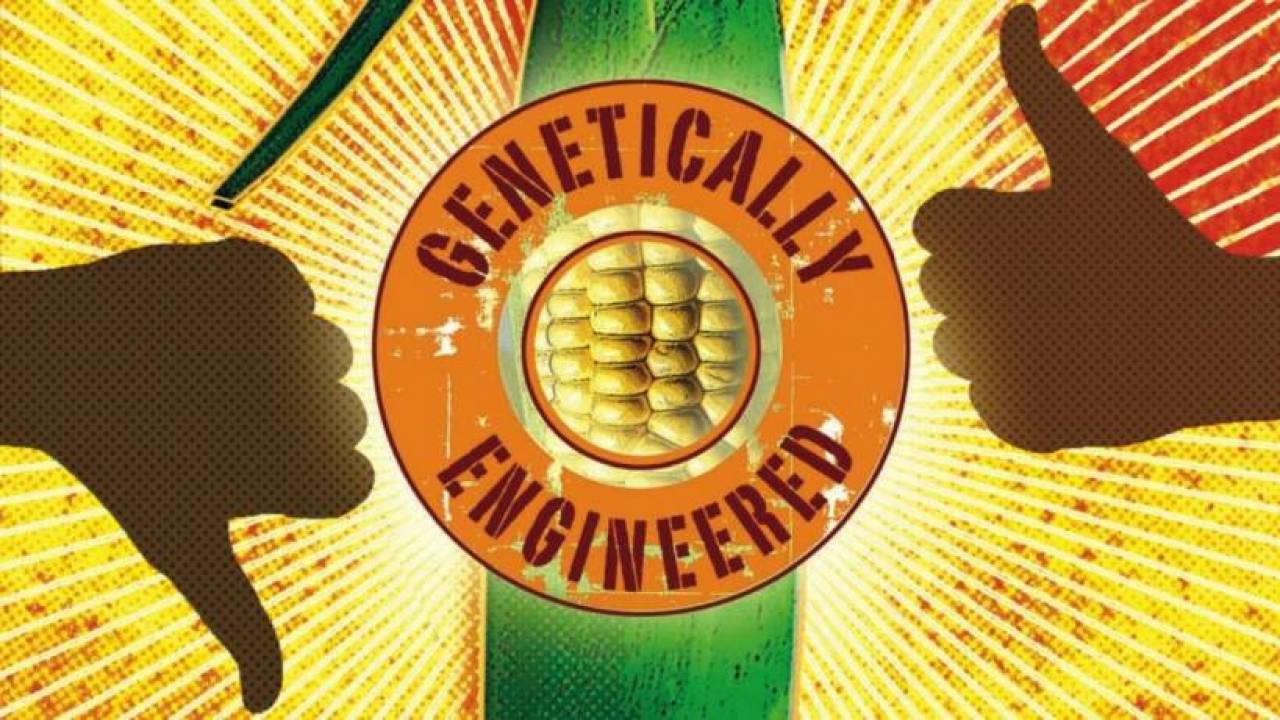Raise your hand if you have been lead to believe that organic food is GMO free. Go ahead, don’t be shy, because I WAS TOO! During my research of GMO (genetically modified organism), I have come to realize that organic or not, companies are in the business of making money. Sometimes, to push a product, what is spread through propaganda and what the truth is might be very different. For example, making GMOs.
During my holistic nutrition training I was taught that GMO’s are prohibited in organic farming. Period. That was all the education I needed to make feeding my family as much organic food as possible a priority. Even if that meant spending twice as much money on a bag of organic apples instead of conventional ones. I gladly spent the extra money because the organic food was healthier and would be better for my family … or so I was taught. I defended organic foods and built my budget around buying them. Then I discovered one of the many ways that we have been manipulated and lied to in order for us to be coerced into buying organics and helping a 65 billion dollar industry explode. The lie is in how you define a GMO and an organic food.
According to the FDA a GMO is:
“Genetic engineering is the name for certain methods that scientists use to introduce new traits or characteristics to an organism. For example, plants may be genetically engineered to produce characteristics to enhance the growth or nutritional profile of food crops. While these technique are sometimes referred to as “genetic modification,” FDA considers “genetic engineering” to be the more precise term. Food and food ingredients from genetically engineered plants were introduced into our food supply in the 1990’s.”
The USDA considers organic to be:
“Organic food is produced using sustainable agricultural production practices. Not permitted are most conventional pesticides; fertilizers made with synthetic ingredients, or sewage sludge; bioengineering; or ionizing radiation.”
Really these definitions seem pretty straight forward. GMO’s have been fiddled with, and in organics bioengineering (or fiddling) is not allowed. Unless you re-read the second sentence “Not permitted are most conventional pesticides; fertilizers made with synthetic ingredients, or sewage sludge; bioengineering; or ionizing radiation.” Most bioengineering, so not all? Boy did that open up a can of worms for me. I wondered if there were types of “bioengineering” that were allowed. This is what started me on my research adventure. I wanted to know if organics are really not fiddled with.
- Somatic Cell Hybridization or Protoplast Fusion: “cell wall from two different plants are removed using enzymes and then the protoplasts (naked cells) are then fused with the help of chemical or electric stimuli”Call me crazy, but that sounds a lot like bioengineering…. Two different plants? So cross breeding kale and broccoli isn’t really genetic modification? Interesting.
- In Vitro Fertilization: “fusion of gametes to produce embryos and would not occur in nature” Which would need to occur on the cellular level in a lab.Hmmm…..looking a lot like GMO…..would not occur in nature……sounds organic to me!
- Mutagenesis: “the treatment of plants with radiation or chemicals to induce random mutation”That’s a frankenfood if I ever saw one…….how is radiation a sustainable practice?
These techniques, although considered organic, truly appear to be a type of genetic modifying. Let’s be honest, they have been fiddled with! It is all in how the process has been labeled, accepted, and presented by the USDA. What should this mean for the average consumer? I believe this balances the playing field. We have been lead to believe that organics are superior, healthier, and better for us.
The reality is that ALL food is fiddled with, we have been doing it for a millennium and now we are doing it with technology. I am not here to sway you to one side or the other. What you buy is your choice, conventional vs. organic, but make your choice knowing all of the facts without all of the fear.
As for me, I was disappointed to learn that my favorite organic apple probably was not grown in a beautiful green orchard under cloudless skies (with a rainbow) and pollinated by beautiful glittering bees. I still have some reservations about how our food is cultivated and processed, so my research continues. However, I was thrilled that now that my grocery bill was slashed in half, we have a lot more mula for the travel fund.
